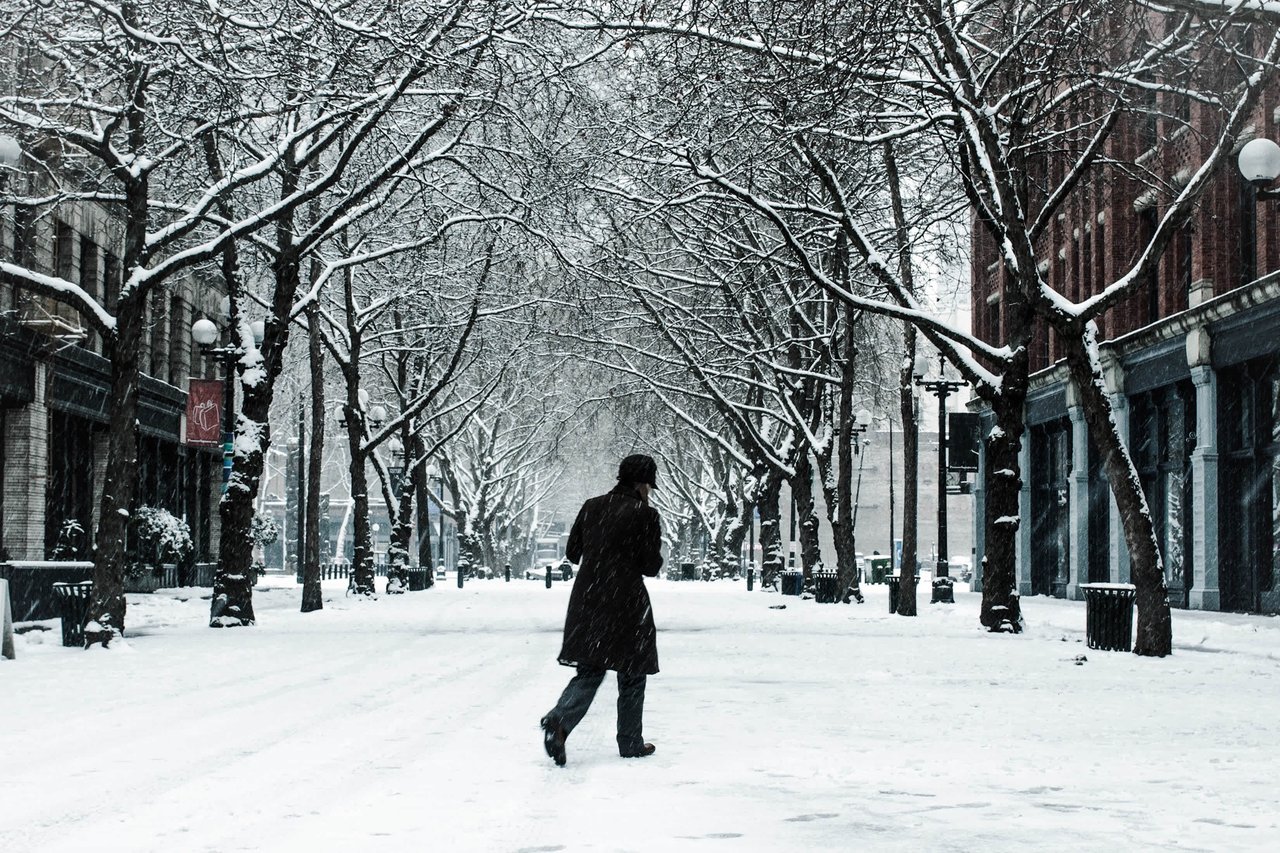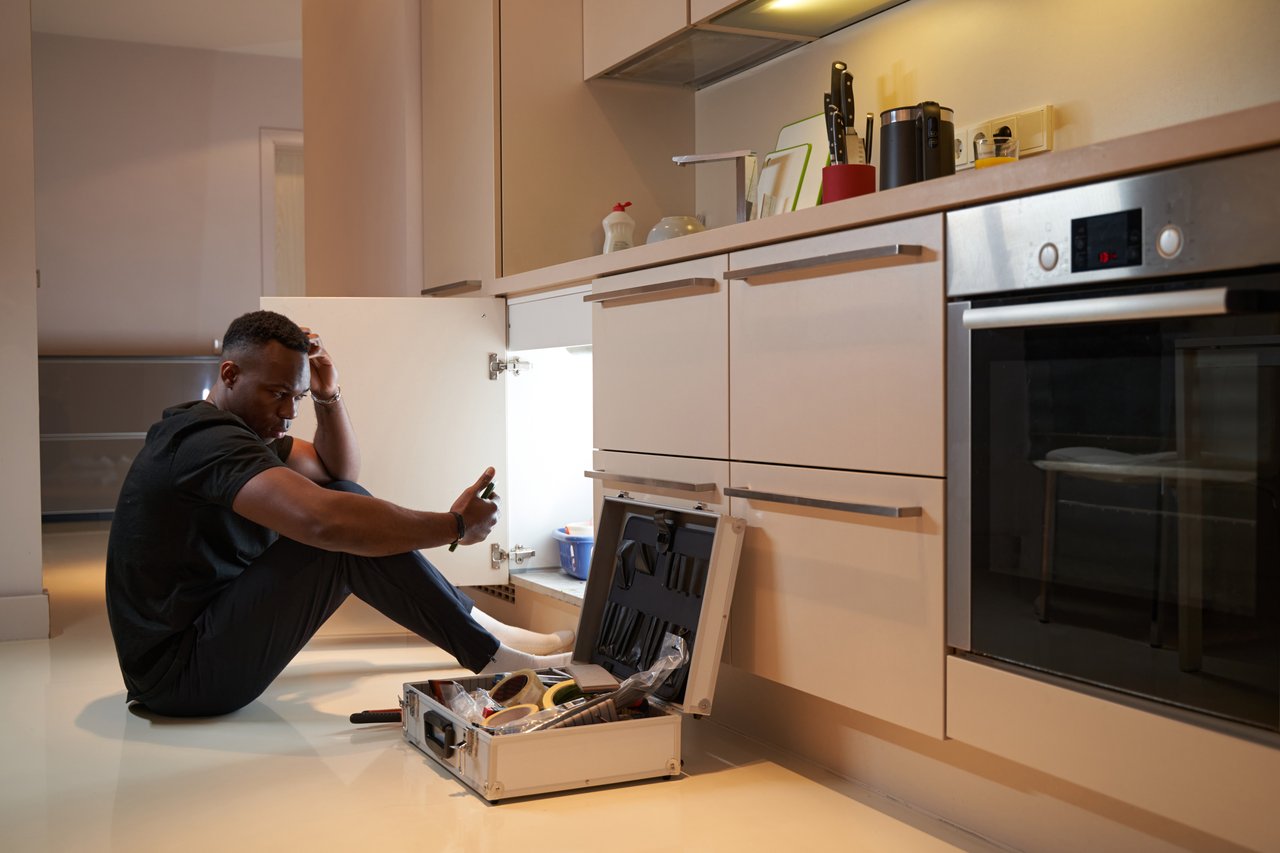The Pacific Northwest, especially the Puget Sound region, is known for its stunning natural beauty—from coastal shorelines to lush forests. But with that beauty comes rainy, cold winters that bring unique challenges for homeowners. As temperatures drop and the threat of snow, ice, and heavy rain increases, it’s essential to winterize your home to prevent damage, save on energy costs, and keep your home cozy. Here’s your go-to guide to prepare your home for the winter season in the Puget Sound area.
-
Special Considerations for Non-Traditional Homes
If you aren’t in a stand-alone, single-family home like a townhome, condo, cottage, or floating home, winterization requires a few extra steps due to shared walls, common areas, or unique structural needs.
- Share Winterizing Tips with Neighbors: Living in a community with shared walls, like in townhomes or condos, means that a problem in your neighbor’s unit can easily affect your home. By sharing winterizing tips, you're not just protecting your own home, but also contributing to the safety and comfort of your entire community. This sense of shared responsibility can help everyone take the proper steps to avoid pipe bursts or insulation problems that could impact multiple units.
- Check with Your HOA or Property Management: If your home is part of an HOA, confirm what winter maintenance is covered. They may handle specific tasks, like gutter cleaning or roof inspections. Also, inquire about shared responsibilities for insulation or heating system checks in townhomes or condos.
- Tailor Your Winter Prep to Your Home Type: For cottages, especially older homes, focus on sealing drafts and insulating plumbing to prevent freezing. If you own a floating home, give special attention to waterlines, humidity control, and moorings to ensure your home remains safe and stable during winter storms. Understanding your home's unique needs is not just about being prepared; it's about feeling empowered and in control. It will help you stay protected through the cold season.
-
Inspect and Seal Windows and Doors
In the Puget Sound area, where wind-driven rain and cold air are common, your windows and doors play a crucial role in maintaining a comfortable home.
- Check for Drafts: Feel for cold air near windows and doors, especially on stormy days. Seal any gaps with caulk or weatherstripping.
- Upgrade Windows: If you have single-pane windows, consider upgrading to double-pane or installing storm windows for added insulation.
- Install or Replace Door Sweeps: Ensure your exterior doors have intact door sweeps to keep cold drafts out and warmth in.
-
Clean and Maintain Gutters and Downspouts
With the Puget Sound region’s consistent rainfall, keeping gutters clear is crucial to avoid water damage to your home.
- Clear Debris: Regularly remove leaves, pine needles, and other debris from your gutters to prevent clogs.
- Ensure Proper Drainage: Make sure downspouts direct water 5 feet away from your home’s foundation. You may want to consider gutter extensions.
- Inspect for Damage: Look for cracks or sagging in your gutters, which could cause leaks or improper drainage during winter storms.
-
Insulate and Protect Your Pipes
Though freezing temperatures are less frequent in the Puget Sound area than in other parts of the country, they happen. Protecting your pipes can help prevent costly damage.
- Insulate Exposed Pipes: Insulate any exposed pipes, particularly in unheated areas like crawl spaces, garages, and attics. Look for external water lines that may feed to things like rooftop spigots or irrigation. These should be insulated from freezing temperatures.
- Drain Outdoor Faucets: Disconnect garden hoses and drain outdoor faucets to avoid freezing. Install insulated faucet covers for extra protection.
- Locate Your Shut-Off Valve: Know where your home’s main water shut-off valve is if you need to stop a burst pipe quickly.
-
Check Your Roof for Damage
Your roof takes the brunt of the elements during the Puget Sound region's rainy and snowy winter months.
- Inspect for Missing Shingles: Look for cracked or missing shingles and replace them to prevent leaks.
- Clear Moss and Debris: The growth of Moss and algae in the damp Puget Sound climate is expected. Clean your roof and consider adding zinc strips to help prevent future growth.
- Check Roof Flashing: Pay special attention to the flashing around chimneys, skylights, and vents, which are familiar sources of leaks. Repair or replace damaged flashing as needed.
-
Service Your Heating System
Whether you live in Seattle, Tacoma, or Everett, the cold months will work overtime in your heating system. Ensuring it’s running efficiently is critical to staying comfortable.
- Furnace Check-Up: Schedule a professional to inspect your furnace. Replace the filters, clean the vents, and check for any malfunctions that could reduce efficiency.
- Upgrade Your Thermostat: A programmable or smart thermostat can help you maintain a comfortable home while reducing energy use during the day when you’re not home.
- Clean Chimneys: If you use a fireplace, ensure your chimney is cleaned and inspected before winter to prevent fire hazards from creosote buildup.
-
Prepare for Winter Storms and Power Outages
The Puget Sound region often experiences power outages during winter storms, making it essential to be prepared.
- Stock Up on Supplies: Keep flashlights, extra batteries, bottled water, and non-perishable food on hand. A first-aid kit and blankets are also good to have nearby.
- Consider a Generator: A generator can be a worthwhile investment in areas more prone to outages, such as on the outskirts of towns or more rural parts of the Puget Sound region.
- Space Heater Safety: If you plan to use space heaters during outages, ensure they are designed for indoor use and keep them away from flammable materials.
-
Insulate Your Home to Retain Heat
Proper insulation can make a big difference in your home’s energy efficiency during winter.
- Attic Insulation: Heat rises, so ensuring your attic is well-insulated will prevent heat from escaping. You may want to add more insulation to reach the recommended level for your home.
- Crawl Space Insulation: Insulating crawl spaces can help reduce drafts and cold floors, especially in older homes in the Puget Sound region.
- Seal Ductwork: Inspect the ductwork for leaks if your home uses forced air heating. Sealing them can improve efficiency and lower heating bills.
-
Trim Trees and Bushes
Winter storms in the Puget Sound area can bring strong winds that may cause damage to your property if trees are not properly maintained.
- Trim Overhanging Branches: Hire a professional to trim any large branches hanging over your roof or near power lines.
- Remove Hazardous Trees: Dead or diseased trees are likelier to fall during a storm. Removing them before winter can prevent potential property damage.
-
Test Smoke and Carbon Monoxide Detectors
With your heating system running more often and fireplaces in use, winter is crucial to ensure your home’s safety systems work correctly.
- Replace Batteries: Check the batteries in smoke and carbon monoxide detectors. It’s a good idea to change them at the start of winter.
- Test Devices: Make sure your smoke and carbon monoxide detectors function correctly and replace outdated devices.
-
Protect Your Lawn and Garden
While winter may not bring the heavy snowfalls seen elsewhere, cold snaps can still affect your plants and landscaping in the Puget Sound region.
- Cover Sensitive Plants: Use frost cloth or burlap to cover delicate plants, especially during freezing temperatures.
- Mulch Garden Beds: Adding mulch helps insulate plant roots and protect them from frost damage.
- Rake Leaves: Clearing leaves from your lawn can help prevent mold and other fungal growth that thrives in the damp climate.
-
Test Your Sump Pump
With the region’s heavy winter rains, a working sump pump is essential for preventing basement flooding. Note: not all homes have a sump pump. If your home’s basement experiences consistent standing water during rainy months, you may want to talk with a professional and have one installed.
- Check Functionality: Test your sump pump before the rainy season to ensure it is in good working order. Consider installing a battery backup system in case of a power outage.
-
Secure Outdoor Items
High winds and heavy rains can turn outdoor items into projectiles, potentially damaging your home or property.
- Store or Secure Furniture: Stow away or secure patio furniture, grills, and other outdoor equipment to prevent them from being blown away in a storm.
- Protect Equipment: Cover lawn equipment and other tools to protect them from rain and snow.
-
Inspect Your Driveway and Walkways
The combination of freezing temperatures and rain can cause cracks in driveways and walkways to worsen.
- Seal Cracks: Repair any cracks in your driveway, patio, or walkways to prevent water from seeping in and freezing, which can cause further damage.
- Use Ice Melt: Keep eco-friendly ice melt or sand on hand to prevent slips and falls on frosty or icy surfaces.
- Be prepared for winter storms: Although our region doesn't often experience heavy snowfall, it's best to have a snow shovel ready in case of unexpected snow. Make sure your snow shovel is easily accessible so you can clear the sidewalks in front of your home when needed.
-
Improve Ventilation
Sealing up your home for winter can lead to poor indoor air quality if not properly ventilated.
- Clean Vents: Ensure that vents are clear and functioning correctly. This can help prevent moisture buildup and mold growth and improve air quality.
- Prevent Condensation: Use dehumidifiers in moisture-prone areas like basements and bathrooms to reduce condensation during the cold, damp months.
Winter-Ready for the Puget Sound Climate
No matter where you live in the Puget Sound region—whether in bustling Seattle, charming Tacoma, or the scenic suburbs—preparing your home for winter is essential in protecting your investment and ensuring comfort. By following these steps, you can winterize your home, reduce energy costs, and keep your family safe and warm all season long.
Winter is on the way—now’s the perfect time to get your home (and neighborhood) ready! Download this handy checklist to keep your winterization efforts organized.



